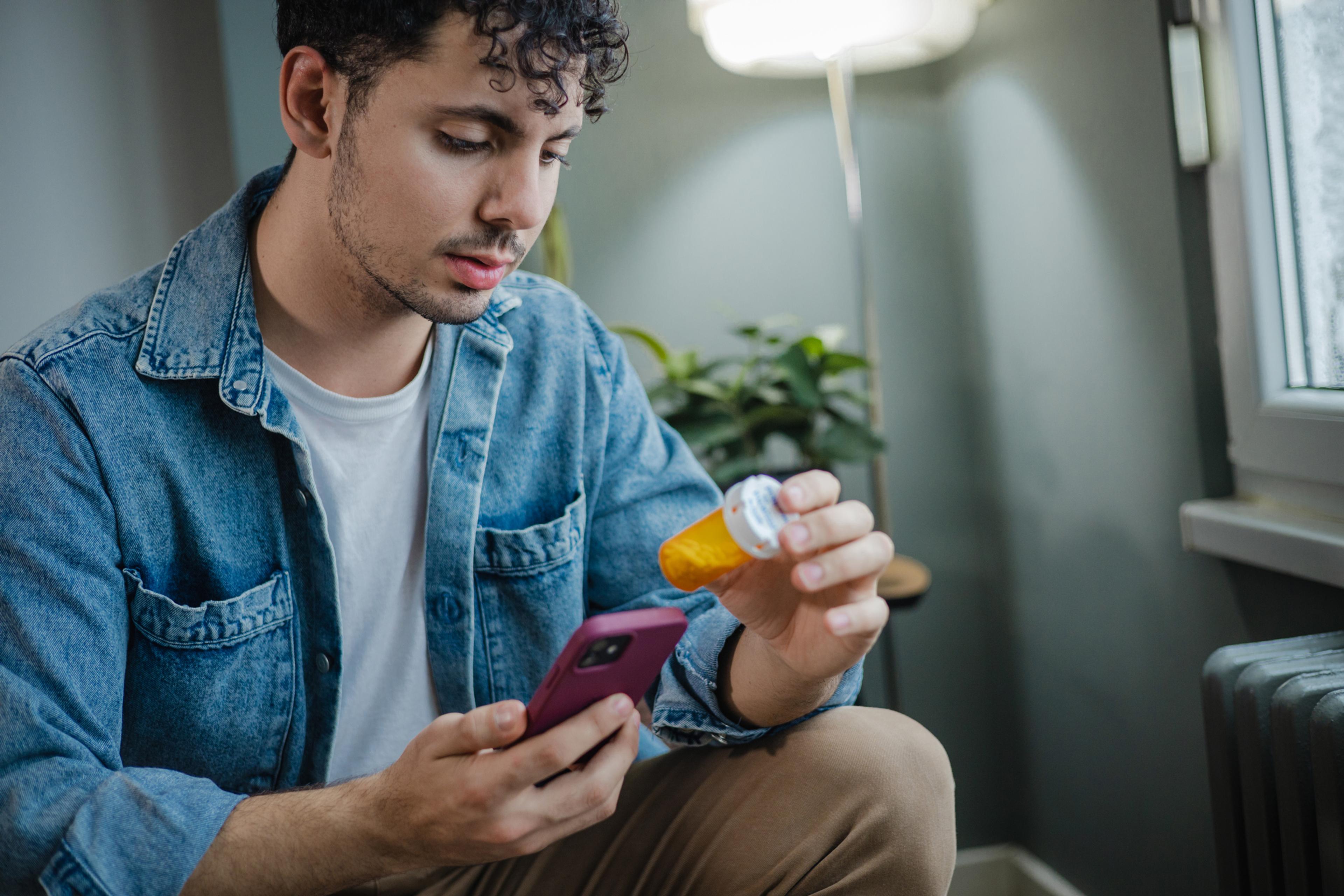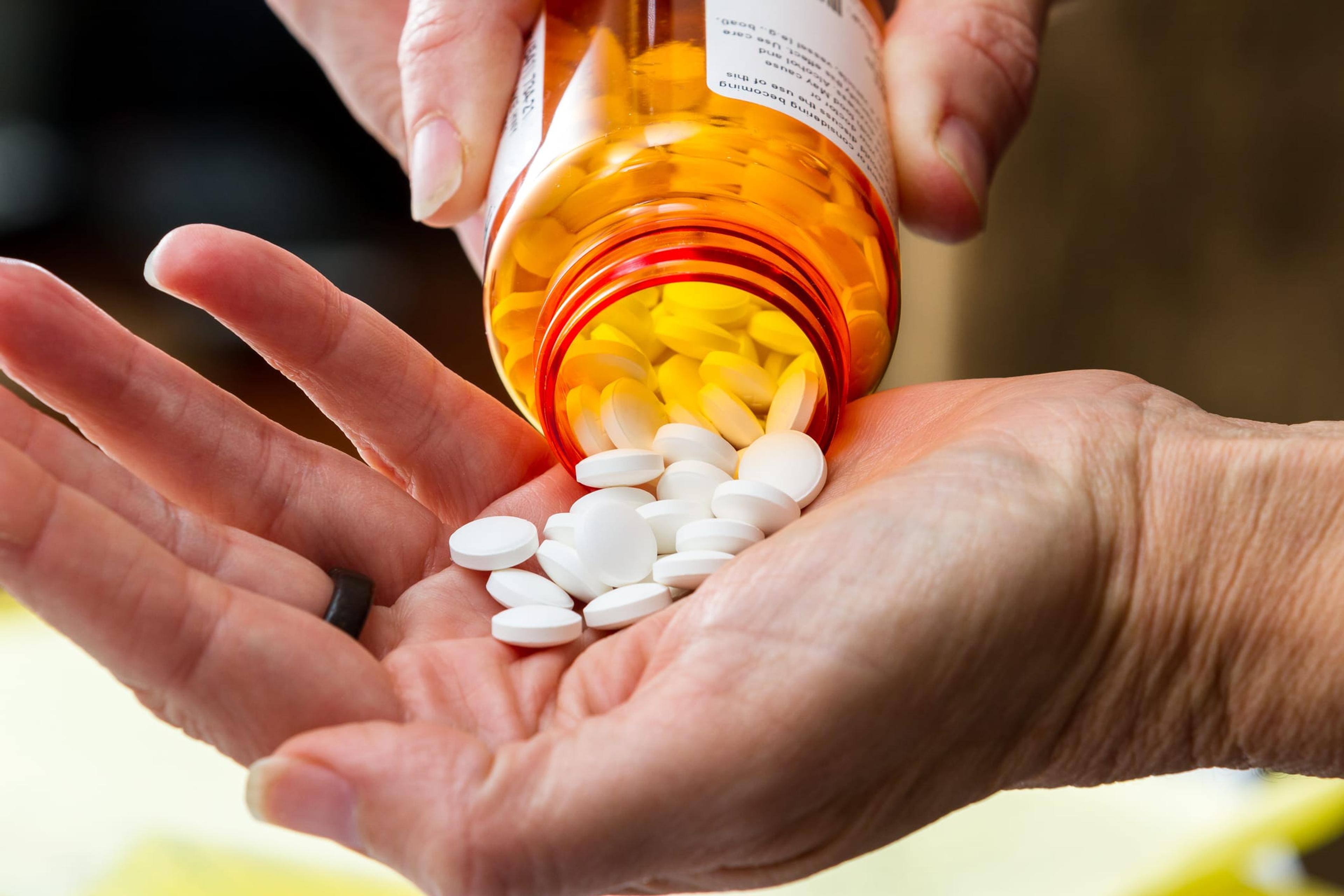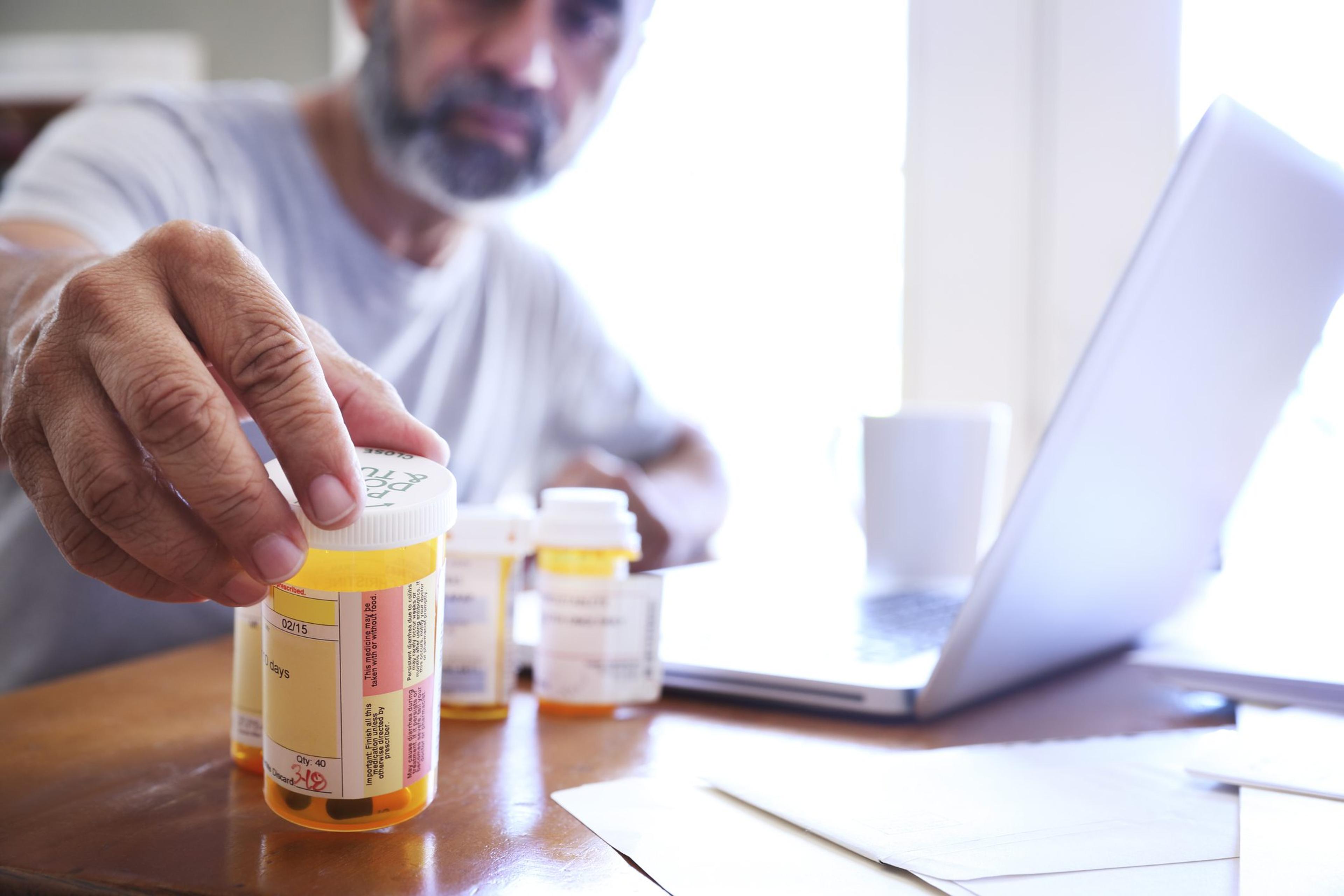Common Opioids Prescribed for Pain Explained
Amy Barczy
| 3 min read
Amy Barczy is a former brand journalist who authored...

Prescription opioids can provide great relief for moderate to severe pain. However, due to the way they interact with the brain, they can pose a great risk for opioid dependence and misuse.
Questions to ask your doctor
Safely keeping opioid prescriptions at home starts by following the doctor’s dosing schedule and treatment plan. Educate yourself about the medication you’ve been prescribed and ask your doctor if you really need the opioid to manage your pain.
Other questions to ask your doctor include:
- Are there medication alternatives?
- How does this medication interact with my other prescriptions?
- How does this medication affect my existing health conditions?
- Does my medication pose a risk for dependence?
- Do I have to finish my medication if I don’t need to?
- How should I dispose of the medication I don’t use?
Following the doctor’s treatment plan to manage your pain is important. Suddenly stopping the use of some prescription opioids may cause withdrawal – especially if you’ve been using them for a long time or in high doses. Your doctor may lower your dose of prescription opioids slowly to prevent withdrawal symptoms.
Common opioids you may be prescribed
Prescription opioids come in many forms. Here are the most common types listed by generic name:
- Acetaminophen with codeine (Tylenol® with codeine)
- Buprenorphine (Subutex®, Belbuca®, Butrans®)
- Fentanyl (Duragesic®, Subsys®, Abstral®)
- Hydrocodone/Acetaminophen (Vicodin®, Hycodan®)
- Hydromorphone HCL (Dilaudid®, Exalgo®)
- Morphine sulfate (Avinza®, Kadian®)
- Oxycodone HCL (OxyContin®, Roxicodone®)
- Oxycodone HCL/Acetaminophen (Percocet®)
- Tramadol HCL (Ultram®, Ultram® ER, ConZip®)
How to safely use and store prescription opioids
Safely storing prescription opioids at home is important to prevent misuse. Here are some tips on how to keep prescription opioids at home:
- Keep medications in their original package
- Use the dosage spoon or cup provided by the pharmacy if needed, not a household spoon
- Store them in a locked container or area, if possible
- Keep them in a safe place and out of reach of children
- Don’t share medication, even with family members
- Promptly dispose of any unused medication
- Return the unused portion to the pharmacy you got it from
- Use a drug take-back program in your community, often located at pharmacies or police departments
- Use the next National Prescription Drug Take Back Day, Saturday, Oct. 29, 2022
- Never flush prescriptions down the toilet
Opioid dependence
The body can become dependent on prescription opioids in as little as five days. Signs that someone is struggling with opioid use disorder can include being defensive about needing medication, acting secretive or out of character, focusing on getting more opioids and acting distant and less reliable.
Blue Cross Blue Shield of Michigan has resources available to help members with opioid dependence.
Learn more about the warning signs of opioid dependence, as well as ways Blue Cross can help, by visiting www.bcbsm.com/opioids/.
Photo credit: Getty Images





